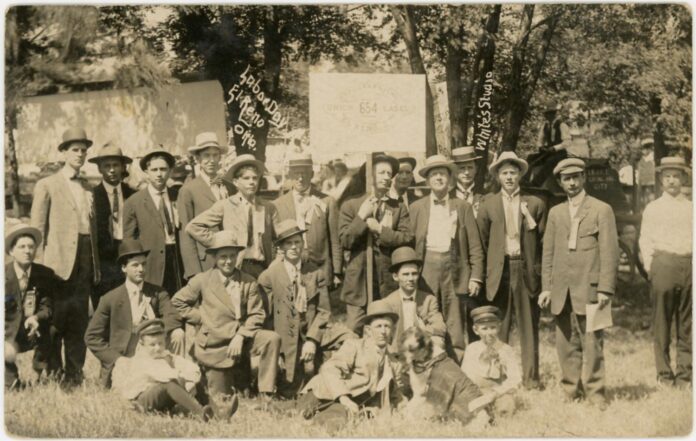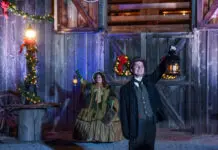
For many, Labor Day is merely an opportunity to have a long weekend, mark the last throes of summer weather and truly begin to embrace the back-to-school season. But just over 100 years ago, the celebration was inaugurated to commemorate a deeper purpose: the American worker had fought hard for rights and recognition and wanted to have a day away from labor for celebration.
Labor Day in the United States was first celebrated on September 5, 1882, in New York City with a parade. The event had a rough start when only a few marchers showed up, and there were no musical instruments available. But the parade was saved when, according to the U.S. Department of Labor website, two hundred members of the Jewelers Union of Newark showed up with a band in tow. Spectators began to join in, and a final count of participants ranged from ten thousand to twenty thousand. Picnics and festivities followed the parade.
“The holiday is rooted in the late nineteenth century, when labor activists pushed for a federal holiday to recognize the many contributions workers have made to America’s strength, prosperity and well-being,” according to the U.S. Department of Labor website.
The idea quickly spread, and by 1887, several states, including Oregon, New York and Colorado had officially recognized the holiday. In 1894, following the violent Pullman Strike, President Grover Cleveland signed legislation making Labor Day a federal holiday, aiming to improve relations with organized labor.
This movement to further the cause of workers was a crucial part in shaping Oklahoma just before statehood. While Labor Day was becoming a federal holiday, the labor movement was making headway in what would become Oklahoma as well. The earliest part of the 20th century saw the establishment of the Twin-Territorial Federation of Labor, which united the numerous unions representing dozens of trades and crafts that existed in both Oklahoma Territory and Indian Territory, according to the Encyclopedia of Oklahoma History and Culture.
A point of historical debate surrounds the true founder of Labor Day. Two men with very similar last names are most often credited: Peter J. McGuire and Matthew Maguire. Peter McGuire, a co-founder of the American Federation of Labor and a prominent labor leader, is frequently cited for proposing a day to honor working people. However, evidence also strongly supports Matthew Maguire, a machinist and secretary of the Central Labor Union in New York, as the key organizer behind the first celebration in 1882. Regardless of who proposed it first, both men played influential roles in shaping the early labor movement.
As you celebrate the long weekend and bring summer to a close, remember that Labor Day remains a lasting tribute to the American worker and the progress made through organized labor.
Choctaw Labor Day Festival
One long-standing Oklahoma tradition has been associated with Labor Day since 1953. The Choctaw Nation Labor Day Festival, held annually in Tvshka Homma, Oklahoma, celebrates tribal heritage with cultural demonstrations, stickball games, concerts and a princess pageant. The event brings together thousands each Labor Day weekend to honor tradition, unity, and community in the heart of the Choctaw Nation, according to its website.























